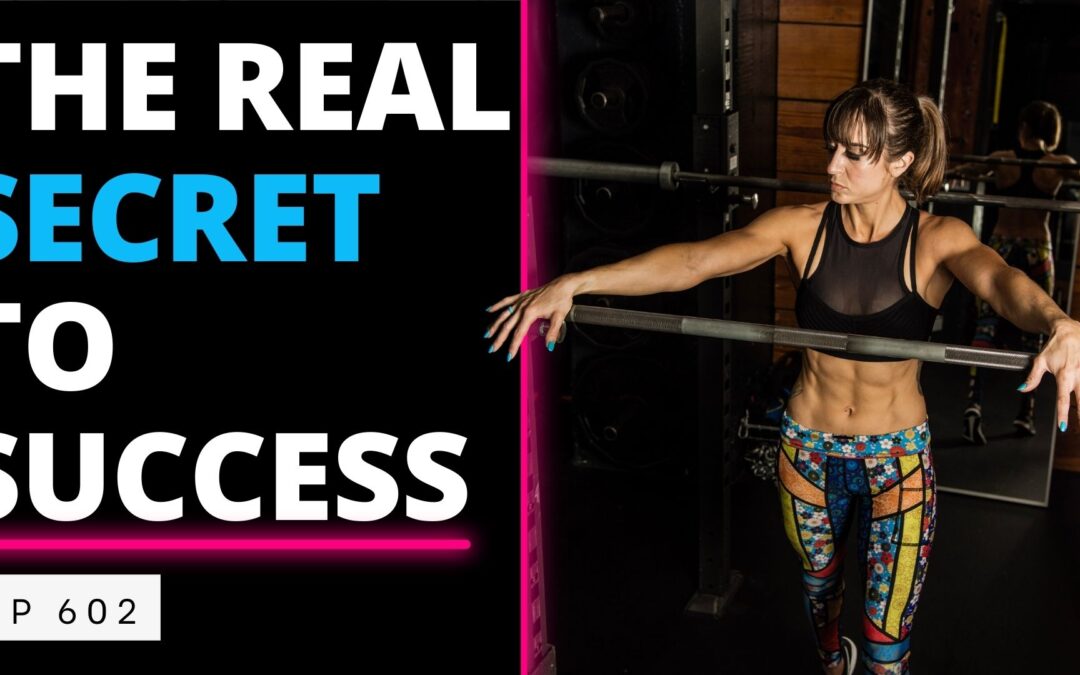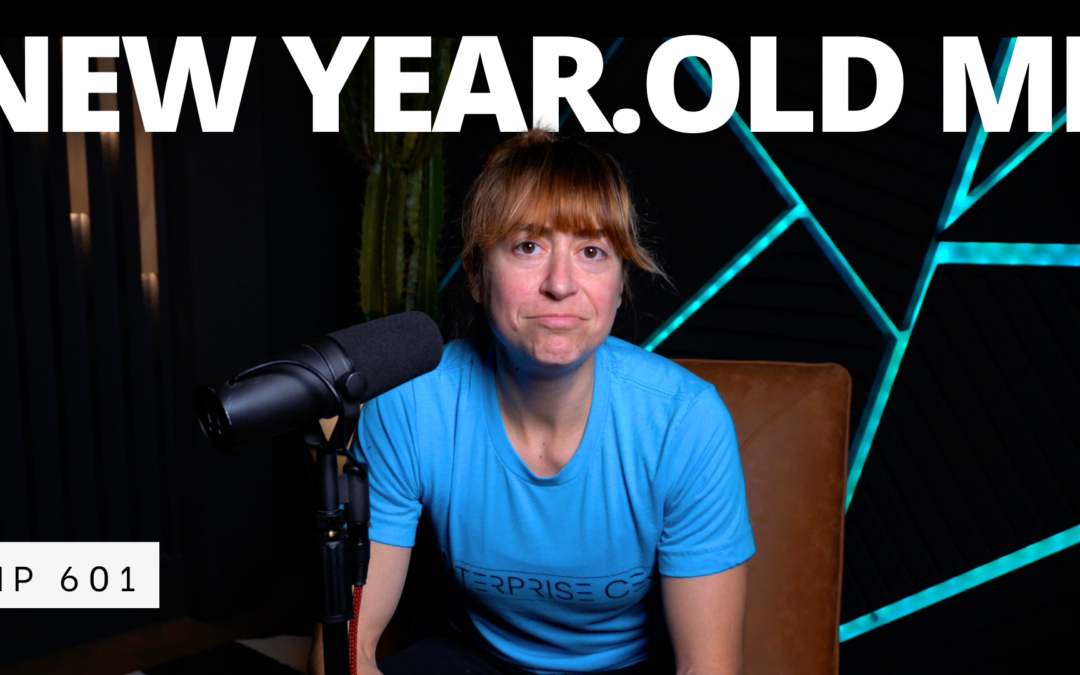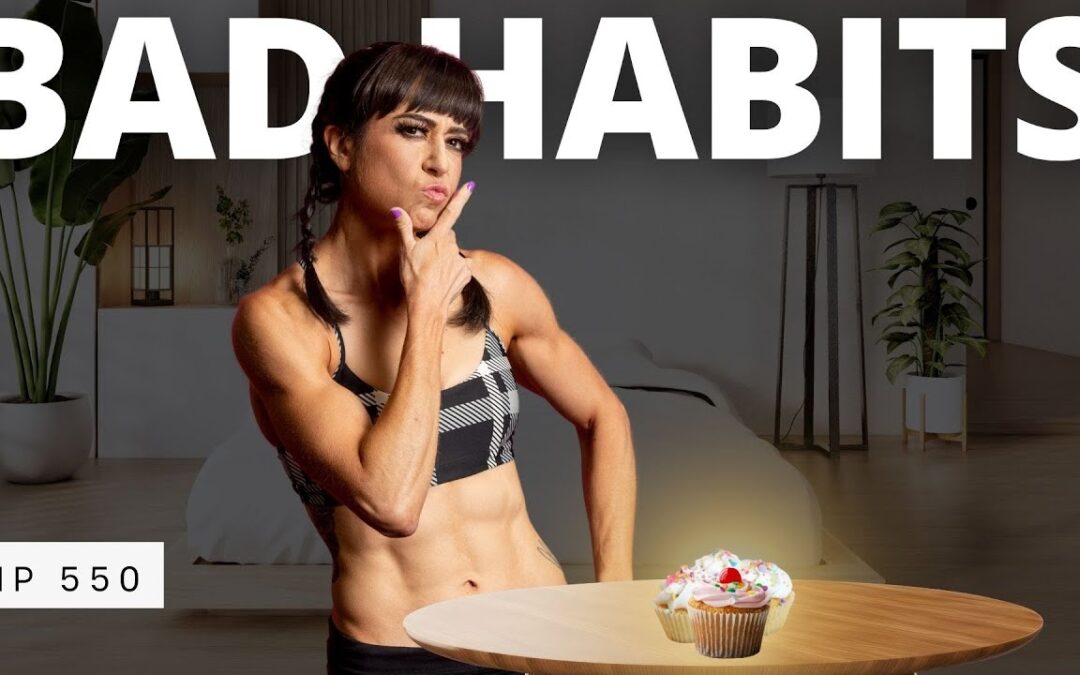
by Cori Lefkowith | Jan 12, 2024 | podcast
LISTEN HERE 7 WATCH HERE 7 TRANSCRIPT 7 OPEN TRANSCRIPT Hey guys, this Cori from from Redefining Strength. Welcome to the Fitness Hacks podcast. This is a show where I share all my free work on the nutrition tips. I’m not going to ever fill this episode with...

by Cori Lefkowith | Jan 11, 2024 | podcast
LISTEN HERE 7 WATCH HERE 7 TRANSCRIPT 7 OPEN TRANSCRIPT Hey guys, this is Cori from Redefining Strength. Welcome the Fitness Hacks Podcast. This is the show where I share all my free workout and nutrition tips. I’m not going to ever fill this episode with...

by Cori Lefkowith | Jan 9, 2024 | podcast
LISTEN HERE 7 WATCH HERE 7 In this episode we’ll discuss starting a new year and how perception is...

by Cori Lefkowith | Jan 2, 2024 | Blog, Diet, Workouts
What should I do first…I want to build muscle and lose fat? The great thing is… You CAN do both at the same time! But how you do that may depend on where you are currently in your fitness and body composition journey. While you can achieve both goals, you do need to...

by Cori Lefkowith | Dec 26, 2023 | podcast
There are certain habits, like late night snacking, that we’d ideally like to stop doing. While not necessarily bad…they aren’t serving us or helping us get the results we want. That’s why in this episode I want to go over how to change those habits to help you see...






